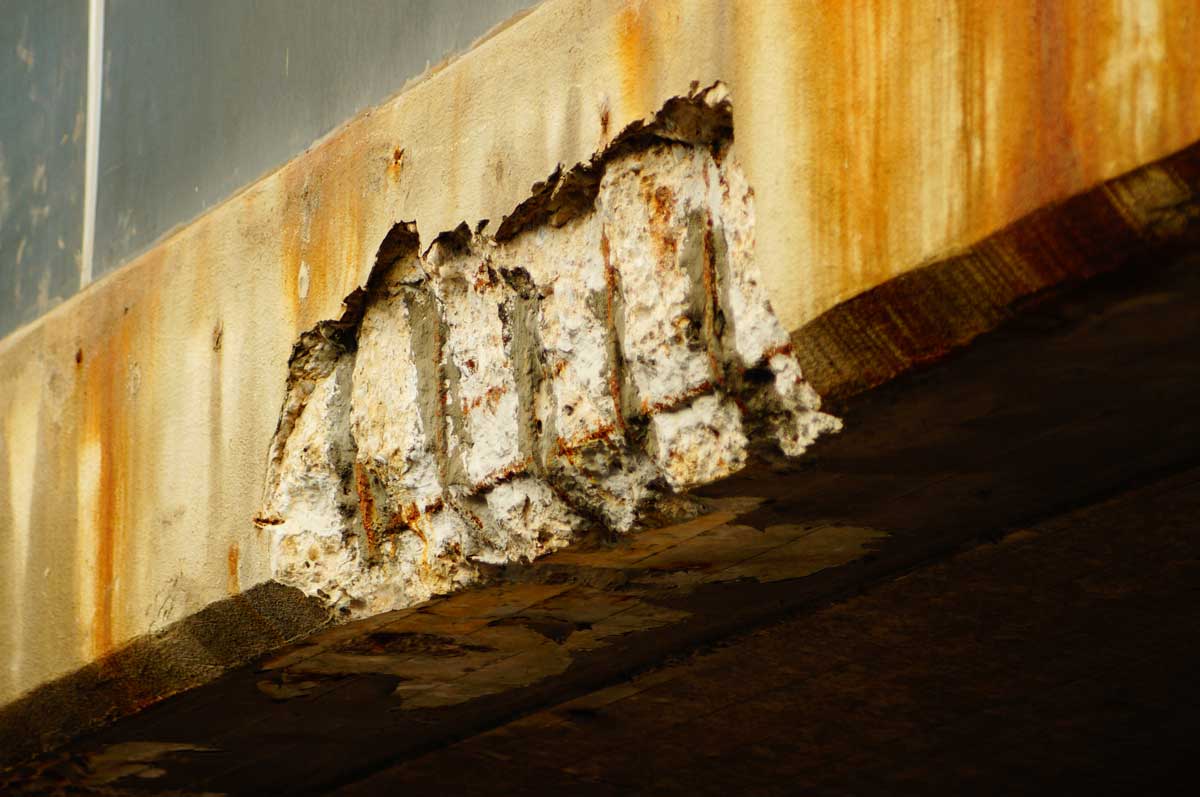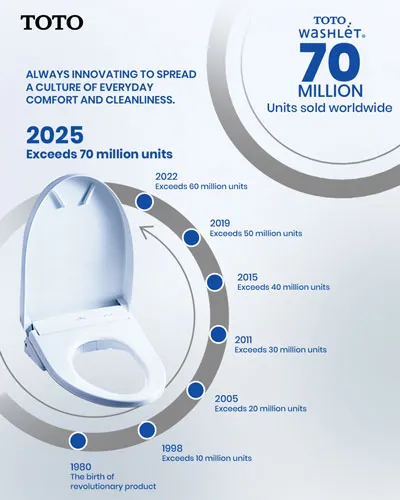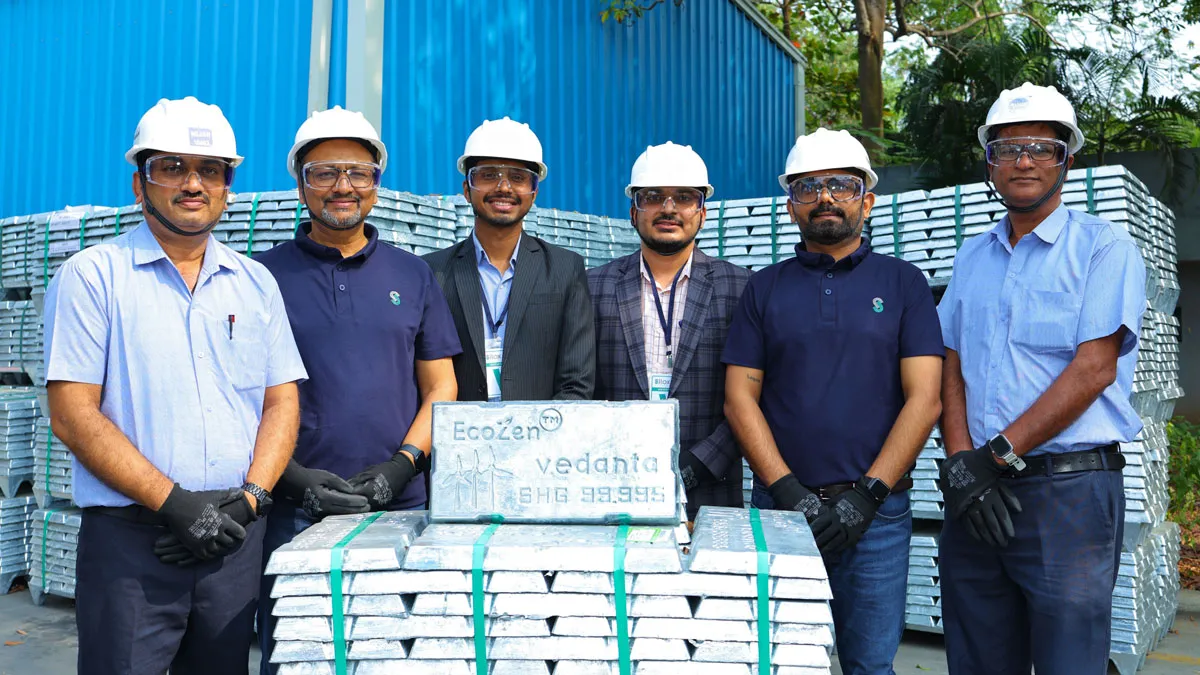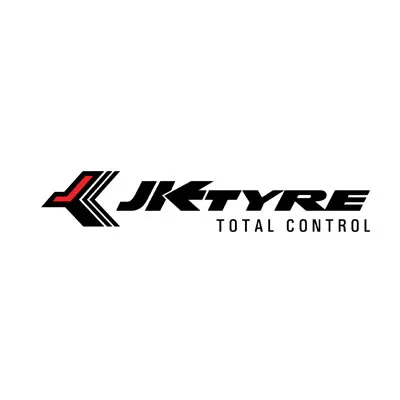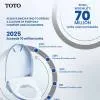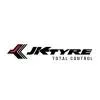The backbone of construction, concrete structures that are durable and can sustain seismic activity are made by reinforcing steel in concrete. For dynamic structures such as flyovers and bridges, reinforcement is a must. Today’s multi-storeyed buildings and malls with straight or curved shapes also require reinforced concrete structures (RCC). However, a key negative is the corrosion of reinforcement.Steel can be imbedded in concrete in any shape. The steel frame of a structure is first erected and then covered with concrete. However, the presence of this steel can result in corrosion of an RCC structure. So, how do chlorides reach steel in the embedded structure? The fact is, concrete does not seal the RCC structure because it is porous so it always retains some moisture. Second, the outer layer of concrete, which is called ‘cover’, is always in contact with moisture and pollutants whose concentration varies from place to place and season to season. For instance, a relatively dry environment like Delhi or Rajasthan will have lower moisture and pollutants compared to a wet environment as in Mumbai and Chennai, which have higher humidity. Further, a highly populated city and industrial city may have a high concentration of pollutants such as carbon dioxide and sulphur dioxide and coastal cities also have chlorides in the atmosphere. All these pollutants enter the porous concrete structure by hitting the cover and then making their way into the steel through the concrete pores. As soon as a minimum concentration of these pollutants reaches the steel-concrete interface, the corrosion begins as in Figure 1.Chloride attacks account for 40 per cent of concrete failure. Chlorides initially attack the concrete and eat away at the steel. They attack the passive layer by pitting and then render it weak, leading to cracks and spallation of concrete. Chlorides may enter the concrete during placement or later owing to external sources.Initially, when the steel is embedded in concrete, it has a suitable alkaline environment (pH: 8-12.5) where it forms a protective Fe2O3 layer, as shown in the Pourbaix diagram (Figure 2). This passive layer protects steel from any corrosion. However, because of the ingress of pollutants such as chlorides when they maintain a minimum concentration, the pH falls below 8 and the chlorides start reacting with the passive layer as follows and destroy it:Fe2+ + Cl- = FeCl2 FeCl2 + H2O = Fe(OH)2 + HClHCl so formed again attacks the passive layer and thus continues the corrosion process.During the chloride transport process, some chloride is dissolved in pore water and the rest is bound by cement hydrates, i.e., free chloride and bound chloride, respectively. The free chloride destroys the passive layer of steel and initiates steel corrosion. Similarly, carbon dioxide and sulphur dioxide ingress also results in formation of iron carbonates and iron sulphates. All these corrosion products formed have more molar volume than the passive layer of iron oxide. So, as the corrosion products start forming, their volume increases, causing at first a small crack that grows in size over time into bigger cracks and finally spalls, exposing the rebar. Figure 3 shows this process while Figure 4 shows several practical examples where the concrete has been separated from the rebar and has exposed it. Now, what is the source of these chlorides? 1. A coastal environment with high chloride concentration 2. Use of sand from the shore3. Use of deep earth water containing minerals or sea water4. Use of CaCl2 to harden concrete. The first is unavoidable – if a structure is in C4 to C5 zone, it is prone to get chlorides from the environment. The only remedial measure is corrosion protection, such as coated rebars, coatings on concrete cover or use of inhibitors such as calcium nitrite to delay ingress of chlorides and moisture through concrete cover (1, 2). The other three can be attributed to poor construction practices. Using deep earth water rich in minerals should be avoided in construction. Seawater is the most dangerous. But many people resort to this to save money. Using sand from the seashore is also not advisable. However, if there is no alternative, it is mandatory to wash this sand several times with fresh water to flush out chlorides. Again, this is often not done to save money. The use of CaCl2 helps as an accelerator in the concrete. As low temperatures slow concrete hydration, an accelerator is needed to obtain high initial strength. Calcium chloride is the most cost-effective accelerator for today's concrete. Its advantages include high initial strength, reduced final set time, reduced bleeding, improved workability, fast formwork turnaround, greater cost effectiveness and benefits when used with fly ash. However, a major disadvantage is that the presence of CaCl2 speeds up corrosion. This is why many people avoid using it. But, in low temperature conditions, it becomes essential for rapid hardening. Investigations have shown that a 2 per cent addition of calcium chloride has an equal cure strength at 10oC as plain concrete has at 21oC. Regardless of the temperature or cement type, concrete mixes containing calcium chloride will always have a faster cure rate. The beneficial effects of calcium chloride is, of course, even more pronounced at lower temperatures. The accelerated cure rate measured as final concrete set time can be reduced by two-thirds when 2 per cent calcium chloride is added – two hours compared to six hours for plain concrete.Under conditions where moisture penetrates to the steel, only the chemical basicity of Portland cement prevents corrosion. Unless a large amount of chloride is present, the basicity factor usually wins out, at least during the relatively short span of 20 to 30 years. However, concrete slowly carbonates upon exposure to air and this carbonation destroys the basicity of concrete. So, calcium chlorides, unless restricted, are not beneficial for exposed reinforced concrete with normal steel reinforcement.How much chloride level is required to cause corrosion?As far as the aggregate is concerned, the British Standard BS 882:1992 suggests the maximum chloride content. For reinforced concrete, the chloride content of the aggregate should not exceed more than 0.05 per cent by mass of the total aggregate. This is reduced to 0.03 per cent when sulphate-resistant cement is used. For pre-stressed concrete, this figure is 0.01 per cent (1).Comparing both the means of chlorides, the chances of exterior chloride action are high. Most offshore structures are subjected to extreme chloride attacks, inducing reinforcement corrosion. In reality, the action of chloride in inducing corrosion of reinforcement is more serious than any other reasons. Sulphates attack the concrete whereas chlorides attack steel reinforcements. The threshold level of chlorides required to cause corrosion depends upon many factors. The distribution of chlorides is not uniform in hardened concrete. For practical purposes, corrosion in RCC is more dependent on the ingress of chlorides rather than total chlorides in the concrete as shown from the distribution of chlorides in concrete as the distance from concrete cover surface (Figure 5). Though threshold chloride concentration in the concrete mass may be suitable for corrosion at any time, the progress of corrosion depends upon its resistivity of the concrete mass, which varies with humidity and on the availability of oxygen. Thus, it is not the total chloride content that is responsible for corrosion, as some chlorides are chemically bound and other chlorides are physically bound, being adsorbed on the surface of gel pores. It is only the remaining chlorides that are responsible for corrosion (1).Prevention of corrosionFigure 6 shows a simple model of an RCC structure to highlight its durability. The rebar is covered with a concrete cover whose density (M40, M60 or M80) decides its capability to permeate moisture or pollutants. Corrosion of rebar can occur only if moisture or pollutants enter the concrete cover and reach the concrete/rebar at interface B. However, initiation of moisture or pollutants starts from concrete cover surface A.So to enhance durability of a concrete structure, it is necessary to design it as follows:1. Create a suitable barrier protection at the concrete cover so that pollutants from the environment cannot enter.2. In case a percentage of moisture or pollutants enter the cover, delay their diffusion or transportation.3. Create a very strong natural obstruction on the steel surface so that pollutants cannot react with steel and form voluminous corrosion products that cause distress to the structure.The main factor responsible for increasing durability of the concrete structure is activity at point B. So it requires a better steel alloy such as corrosion-resistant alloyed steel, coated steel or stainless steel. Normal steel is attacked by chlorides at a very low concentration. A coated rebar, such as FBE coated, provides almost 1,500 times more protection than normal steel while steel is affected very slowly by even a large concentration of chlorides in the concrete. So it is vital to make RCC structures with basic precautions such as chloride-free sand; avoiding sea and deep earth water; using inhibitors such as calcium nitrite in the admixture; using coated rebar if the structure is in a C4 environment and coating the concrete cover with epoxy-MIO coating. About the author: Professor AS Khanna is retired from IIT Bombay and is Chairman, SSPC India.
